
-
Find the right food for your petTake this quiz to see which food may be the best for your furry friend.Find the right food for your petTake this quiz to see which food may be the best for your furry friend.Health CategoryFeatured products
 Adult 7+ Small Bites Chicken Meal, Barley & Rice Recipe Dog Food
Adult 7+ Small Bites Chicken Meal, Barley & Rice Recipe Dog FoodSupports energy level and beautiful coat in mature dogs who prefer smaller kibble
Shop Now Adult Small Bites Chicken & Barley Recipe Dog Food
Adult Small Bites Chicken & Barley Recipe Dog FoodSupports lean muscle for dogs who prefer smaller kibble
Shop Now Adult Oral Care Small & Mini Chicken, Rice & Barley Recipe Dog Food
Adult Oral Care Small & Mini Chicken, Rice & Barley Recipe Dog FoodClinically proven kibble technology to reduce plaque & tartar build-up, specially designed for small & mini dogs
Shop NowFeatured products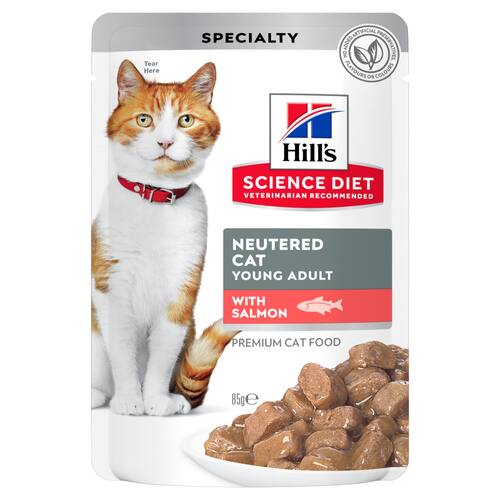 Neutered Cat Young Adult with Salmon Cat Food
Neutered Cat Young Adult with Salmon Cat FoodPrecisely balanced nutrition with the delicious taste of salmon to meet the needs of neutered cats
Shop Now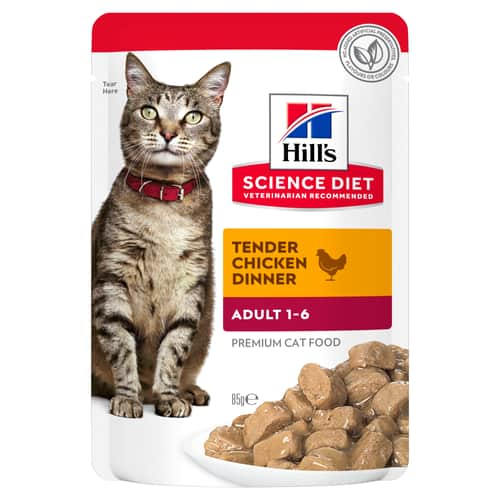 Adult Tender Chicken Dinner Cat Food
Adult Tender Chicken Dinner Cat FoodPrecisely balanced nutrition to support immunity, healthy digestion and lean muscles in cats
Shop Now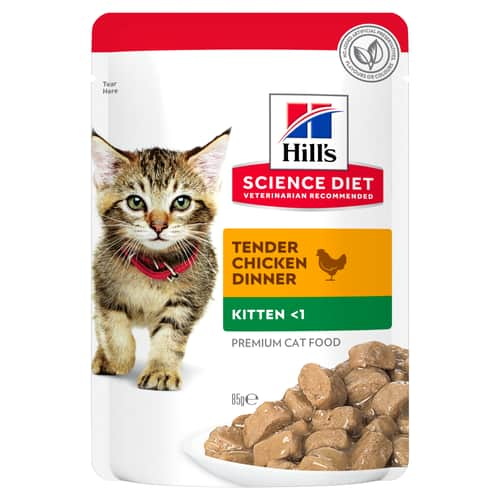 Kitten Tender Chicken Dinner
Kitten Tender Chicken DinnerWith delicious chunks in a decadent gravy
Shop Now -
DogCat
- Cat Tips & Articles
-
Health Category
- Weight
- Skin & Food Sensitivities
- Urinary
- Digestive
- Kidney
- Dental
- Serious Illness
-
Life Stage
- Kitten Nutrition
- Adult Nutrition
Featured articles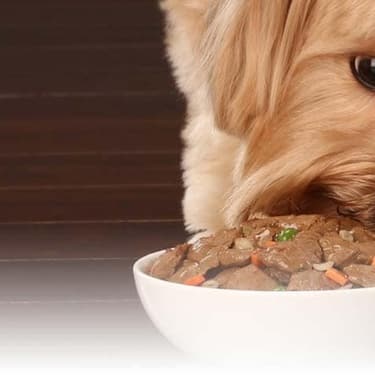 Pet Food Storage Tips
Pet Food Storage TipsWhere you store your cat and dog food can make a big difference in the quality and freshness once it is opened. Here are some common questions and recommendations for optimal storage for all of Hill’s dry and canned cat and dog food.
Read More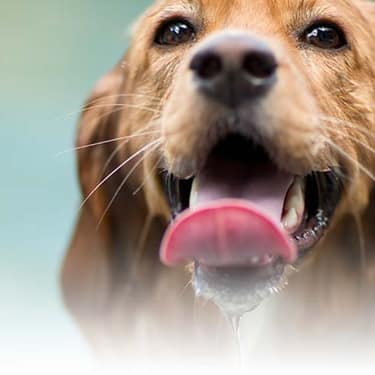 Water
WaterWater is the most important nutrient of all and essential for life. Animals can lose almost all their fat and half their protein and still survive, but if they lose 15% of their water, it will mean death.
Read MoreHill's Australian Bushfire EffortsRead More -


Every dog is unique and, in the eyes of every ‘pet parent’, the most beautiful animal to ever walk the earth. And that’s just how it should be. But how do you capture that spirit, that personality, that ‘special something’ about your dog in a photograph that you’ll always treasure? Well, the good news is that the advent of affordable digital cameras has made it easier than ever…
The techniques for capturing a stunning image of your dog are pretty much the same that you’d use for taking photos of any other kind of wildlife – immense patience; flexibility over lighting and exposure; awareness of the feelings of the animal; and lots and lots of shots! With a digital camera it doesn’t matter how many images you take, so you can snap away to your heart’s desire – the more shots you take, the better chance of catching that one perfect image. Even so, it’s a great idea to be prepared so here are some handy tips you may want to consider…
Be focused
Before you even pick up your camera to photograph your dog, think about what it is you really want to capture for posterity. Is it the way he manages to sprawl over the maximum possible area of carpet when he’s asleep? Or the way he leaps like a gazelle when he hears the sound of dinner being served? If you have a specific objective, time your ‘photo shoot’ accordingly and wait for the moment.
Focus is also important from the perspective of achieving the sharpest image. Remember, a camera’s auto-focus system will have more success locking onto a solid object (like an eyeball or a collar) than a clump of fur. And if your dog is moving and changing his distance from the camera, remember to keep focusing and refocusing all the time to compensate, so when that perfect moment happens, you can capture it in ‘pin-sharp’ resolution.
Be patient
Your dog doesn’t understand that you’re trying to take his picture – that’s why he refuses to obey commands like “stay still, right there!” or “move just a little to the left”. So you’re just going to have to wait for him to strike the perfect pose in his own good time. Let him relax, don’t chase him. If you want him to look at the camera, try holding a favourite toy above your camera to grab his attention.
Be bright
As a general rule, flash photography and animals don’t go well together. Some dogs are alarmed at the sudden bright light, and flash does tend to ‘bleach’ out the rich colours of an animal’s markings. Natural light – either outside or streaming through a window indoors – is not only far less ‘traumatic’ for the dog but also gives far better results in terms of colour reproduction. And if there’s not quite enough light, the beauty of digital is that you can always artificially brighten the shot later on your PC.
Be prepared


Tasty Tips
Before you start shooting, make sure you’re using the right lens and that your camera is set to the right ‘shooting mode’. If you’re using an SLR camera, you may want to use a higher magnification zoom lens to enable you to take detailed ‘close-up’ shots from a distance without being in your dog’s face.
Because animals move very quickly, you should have your camera set to a fast exposure time otherwise you’ll end up with a series of motion blurs every time your dog moves his head. On an SLR, choose the ‘shutter priority’ mode and opt for a fast shooting speed – 1/200th of a second or faster – and let the camera work out its own exposure setting. Or if you’re using a ‘point & click’ camera, choose the ‘sports mode’ which will be pre-programmed to capture fast-moving events. If your camera has th,e facility to shoot continuously, set it to this option as well – you could be lucky and take a whole sequence of fantastic shots of your dog in action.
Be composed
A good photo doesn’t just happen by pointing the lens at your subject. Consider everything that you want to be in the picture as well as your dog. What will the background be? A sofa, a tree in the garden, a favorite dog bed? Or perhaps you’d like the focus to be solely on the animal. If your camera allows you to set the lens to a wide aperture (with a low f-stop, maybe 4 or lower), you can create a very artistic effect using ‘depth of field’ to give a blur to everything behind your dog.
Think about camera angles. Do you want to capture your dog looking thoughtful, shot from the side; gazing off into the distance, shot from behind; or looking straight into the lens? Get down to his level on the floor – not only will this give a better perspective than shooting down onto the top of your dog’s head, but it will also help him to relax.
Be inclusive
Don’t be afraid to have humans in the shot. How much more special will that photo be in the future if it also features another loved one. Sometimes, the simple inclusion of a pair of arms cradling the dog is enough to lend a real additional emotional warmth to the image, and it can also be a ‘sneaky’ way of keeping an overactive dog still long enough for you to get your shot!
Watch how the human and the dog interact with each other. If you’re lucky, you might just capture that perfect, candid moment when a look passes between them or when the dog relaxes and breaks into that beaming smile.
Finally, the best tip of all…
If at first you don’t succeed, keep trying. The more your dog gets used to being around you and your camera, the more he’ll learn to ignore it and behave naturally.
And that’s when you’ll get the shot that will always melt your heart every time you look at it in the future!


One of our staff authors prepared this article for you
Related products

Supports healthy joints, lean muscle, and beautiful coat for large breed dogs

Supports lean muscle for dogs who prefer smaller kibble

Supports energy level and beautiful coat in mature dogs who prefer smaller kibble

Clinically proven kibble technology to reduce plaque & tartar build-up, specially designed for small & mini dogs
Related articles
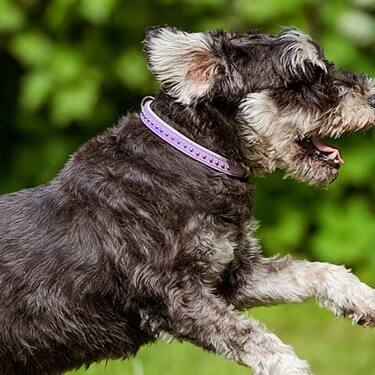
Extra pounds can cause problems for your dog's overall health. Learn the signs that your dog might be overweight, and what you can do to manage its weight.
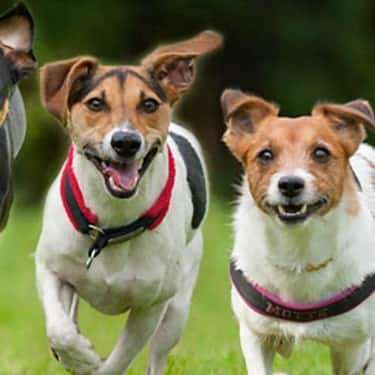
Selecting the right food for your puppy is a key to quality nutrition and a long, healthy life., Learn more about how to select the right puppy food.

As small and toy breed dogs age, their nutritional needs change.
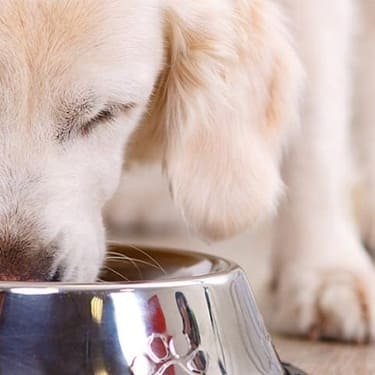
Learn how today's wet dog food blends have gotten a face lift, and how you'll provide your dog the nutrition he needs in the form he loves.

Put your dog on a diet without them knowing
Our low calorie formula helps you control your dog's weight. It's packed with high-quality protein for building lean muscles, and made with purposeful ingredients for a flavorful, nutritious meal. Clinically proven antioxidants, Vitamin C+E, help promote a healthy immune system.
Put your dog on a diet without them knowing
Our low calorie formula helps you control your dog's weight. It's packed with high-quality protein for building lean muscles, and made with purposeful ingredients for a flavorful, nutritious meal. Clinically proven antioxidants, Vitamin C+E, help promote a healthy immune system.

